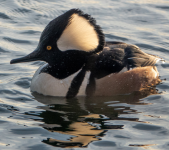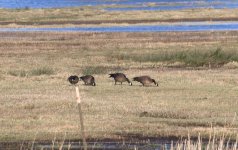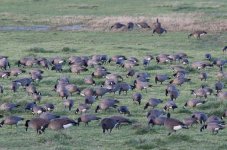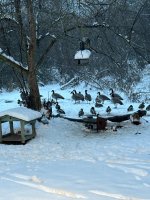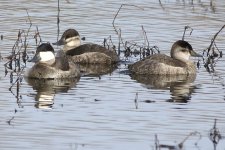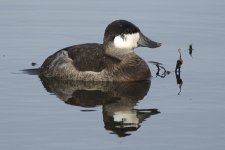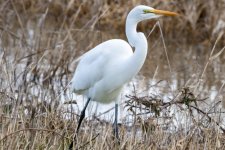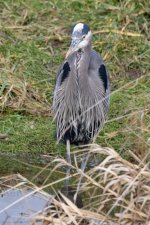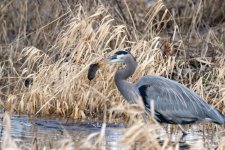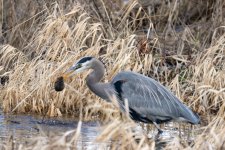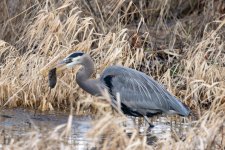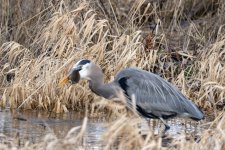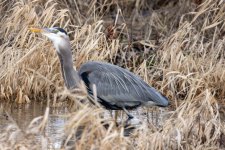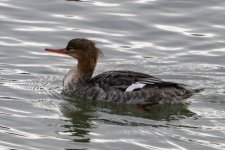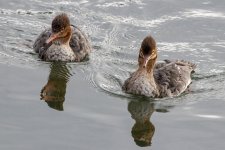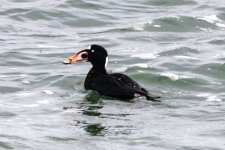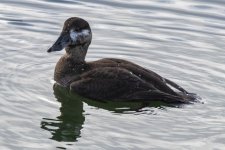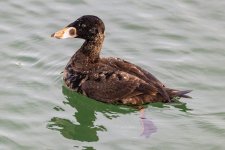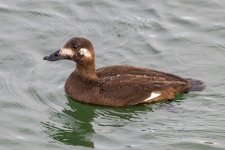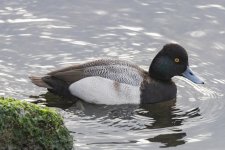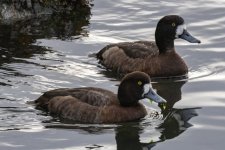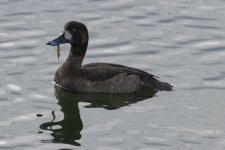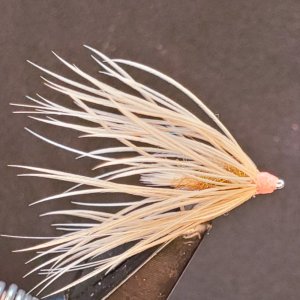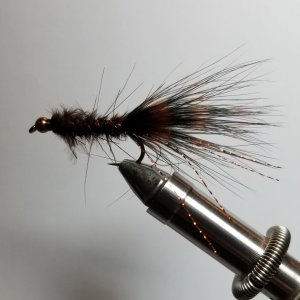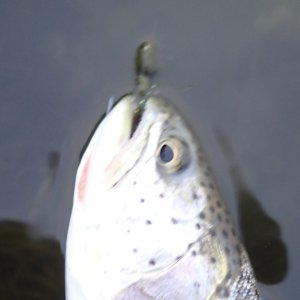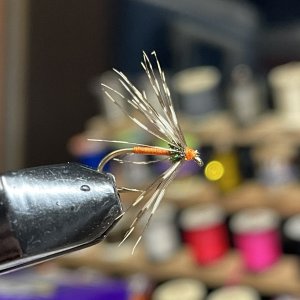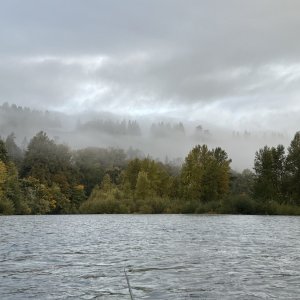This dominance of golden eagles over bald eagles was one element of a conservation crisis that occurred in the Channel Islands off Southern California in the late 1990s to early 2000's (see here, here, and here) Due to isolation from the coast (20+ miles offshore), separate subspecies of gray fox (island dwarf forms, 1/3rd of mainland ancestors and smaller than a house cat) evolved on several Channels Islands. They were possible carried out there in canoes by the local Chumash bands who colonized several of the islands.There are four nests within about 3 miles here and I think they are about half in use in a given year, but there is one dominant pair that definitely does the house cleaning. It is a loud affair when it is time to run off those who dare to trespass. The golden eagle is the one bird they do not hassle with. Some immatures make the mistake of trying to bully him like another young bald, but they soon get a lesson of why the goldens rule the northern skies globally.
But golden eagles were attracted to and began nesting in the Channel Islands, especially after local bald eagle populations crashed in the 1960's and 1970's due to DDT; the bald eagles ate primarily fish which were often contaminated with DDT that had been dumped off L.A. The golden eagles ate primarily young feral sheep and later feral pigs on Santa Cruz Island and mule deer and elk on Santa Cruz Island that exploded in numbers in that time period. With abundant terrestrial food, the golden eagles were able to keep out bald eagles whose populations began to rebound after DDT was banned (and its concentration in the environment began to fall).
But the golden eagles also ate the occasional island fox. This incidental (at least from the perspective of the golden eagles) predation on island foxes was enough to decimate fox numbers, always at pretty low numbers. In 2002, the foxes were federally-listed as critically endangered.
To prevent extinction, the National Park Service and The Nature Conservancy (the two major land owners) implemented a multi-pronged plan to restore the island foxes (and to restore the overall island ecology). 1) They systematically (and controversially, as one strategy was mass-shooting of sheep and pigs by hunters in helicopters) eliminated the sheep, pigs, deer, and elk. 2) The golden eagles were trapped and relocated to Northern California (and did not return) and 3) bald eagles were reintroduced. The conservation biologists also used 4) captive breeding to supplement fox numbers.
These efforts were a huge success. In the absence of non-native grazers, the remnant native plant populations rebounded spectacularly. Bald eagle numbers climbed and their populations are now large enough to encourage the occasional wandering juvenile golden eagle that there are better places to settle, especially with the absence of piglets. The island foxes were removed from the endangered species list in 2016.
Steve



